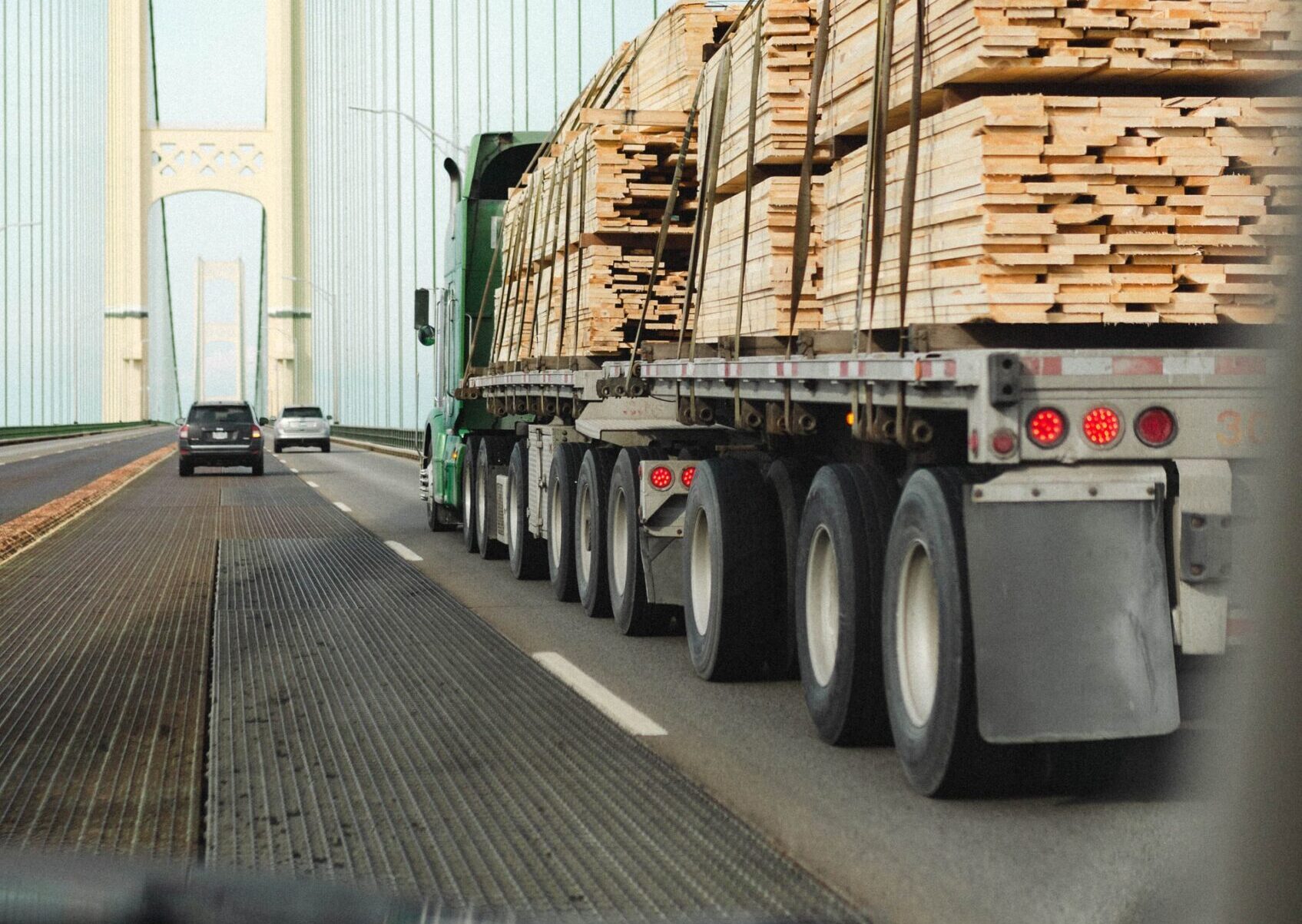When a car hits another vehicle, it is often challenging to determine who is at fault. The fault is usually determined in different ways, using diverse methods. It could be decided in various places. It could be determined by examining the accident site on the road precisely where it occurred. It could be decided by the car insurance companies or in a relevant police report, in court, or in arbitration.
According to Forbes, the NHTSA (The National Highway Traffic Safety Administration) claims that 6.7 million mishaps occurred in 2018, with around 2.7 million victims injured and more than 36,000 fatalities. It is claimed that approx. 4.8 million crashes resulted only in property damage. However, it does not automatically imply that 4.8 million crashes were painless. They must have triggered a legalistic and complex process involving ‘penny-pinching’ insurance companies, disputing drivers, attorneys, and mind-boggling terms like ‘pure contributory negligence’ and ‘subrogation’. However, what will ultimately emerge, and the amount you will get as a settlement depends entirely on the existing rules and regulations in the state where the accident occurred. When confronted with the task of determining whom to blame for the accident, you may embrace one of the methods or tips discussed below.
The Drivers Concerned Will Decide
The drivers involved in the crash and very much present at the accident site can decide who is at fault. It is natural for drivers to blame each other while exchanging accident information. It could prove to be harmful. Often drivers are incredibly nervous and shaken up after the crash. As such, they tend to take the blame on themselves. Sometimes, a driver may admit to being at fault due to the incredible pressure.
The Police Report May Be the Deciding Factor
Once the police arrive at the accident spot, it is the officer’s responsibility to assess the accident site and find out if someone is hurt, and request medical intervention if required. They should inspect the accident scene meticulously and note the extent of damage to the cars involved. A police report often clearly states who is at fault. The officer should examine thoroughly so that he can determine that some special situations may have resulted in the accident, like driving under the influence, speeding, or using a cell phone while driving. Do not forget that police reports are not infallible. However, a police report is supposed to be a public document, and everyone concerned could have access to the police report. Auto insurance companies tend to examine police reports. Determining fault in a car accident is vital to getting a fair claim settlement that you so rightly deserve.
Clear Traffic Law Violations
It becomes easy to assign fault in a motor accident when one of the parties has broken existing traffic laws. Traffic violations may include running past a stop sign, speeding, failing to yield, and other precise issues.
Conclusion
We have discussed just a few ways to determine fault in a motor accident. There are several other ways. However, before taking legal action, focus on obtaining a police report copy. Get in touch with a qualified personal injury lawyer at once to navigate seamlessly through the complex legalities.










